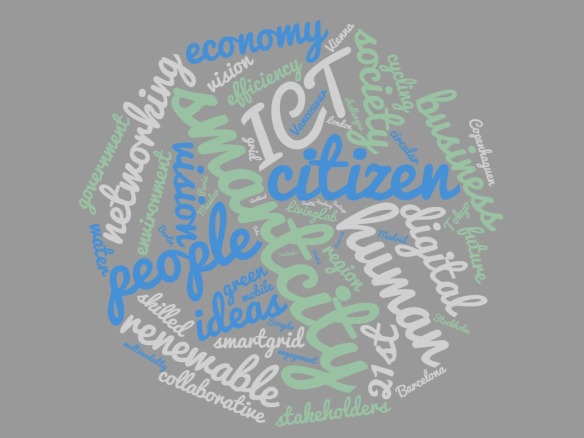
Free public Wi-Fi at Pompidou center in Paris to cover the need for connectivity of the citizens. Image by Dave Jimison at flickr
Among the basic services that any municipality must provide to its citizens there are the provision of drinking water and sewage, the street lighting and electricity, the waste management or the guarantee for mobility.
The irruption of ICT technologies about 20 years ago gave people immediate access to information and more recently, thanks to wireless data transmission technologies, ubiquitous access to it. Nowadays ICT technologies have reach a level of maturity that makes of them another utility, an essential, basic service today we could not give up. Continue reading




